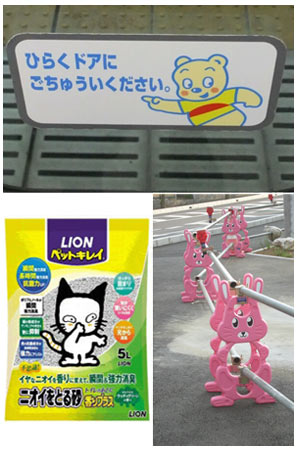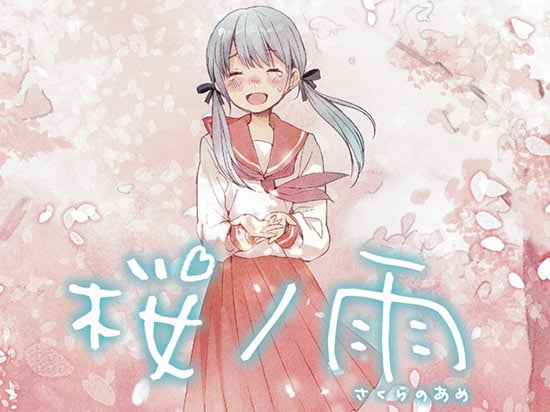I took a trip to Tokyo last week to see some guys about an eroge, and while I was riding the train I noticed a ridiculously cute picture of a bear warning riders to be careful not to lean against the train door as it opened or close their fingers in the door as it closed. The message was made more emotionally appealing (and thus more effective) through the use of a kawaii character which was designed to be noticed by as many people as possible, especially young children who might otherwise be injured by the train door. There’s really no limit to what can be made cute in Japan: guard rails for construction sites that look like rabbits, kitty litter that features a cat holding his nose, antibacterial sheets for your bento, and even surprisingly cute Rilakkuma products for the bedroom. No one knows for sure why Japan has such a highly developed tradition of embracing cute characters, but one theory is that it started in 1960 when an inflatable plastic doll called Dakko-chan was introduced by the Takara Vinyl Manufacturing Company (now Takara Tomy). The toy was a huge hit, and that summer everyone walked around with Dakko-chan dolls clinging to their arms. According to theory, the popularity of this character prepared Japan for the rise of later “character dynasties” like Hello Kitty in the same way the popularity of Planet of the Apes (the first film in which merchandising was more valuable than the film itself) helped pave the way for the success of Star Wars.

There’s no limit to what can be made kawaii in Japan.















